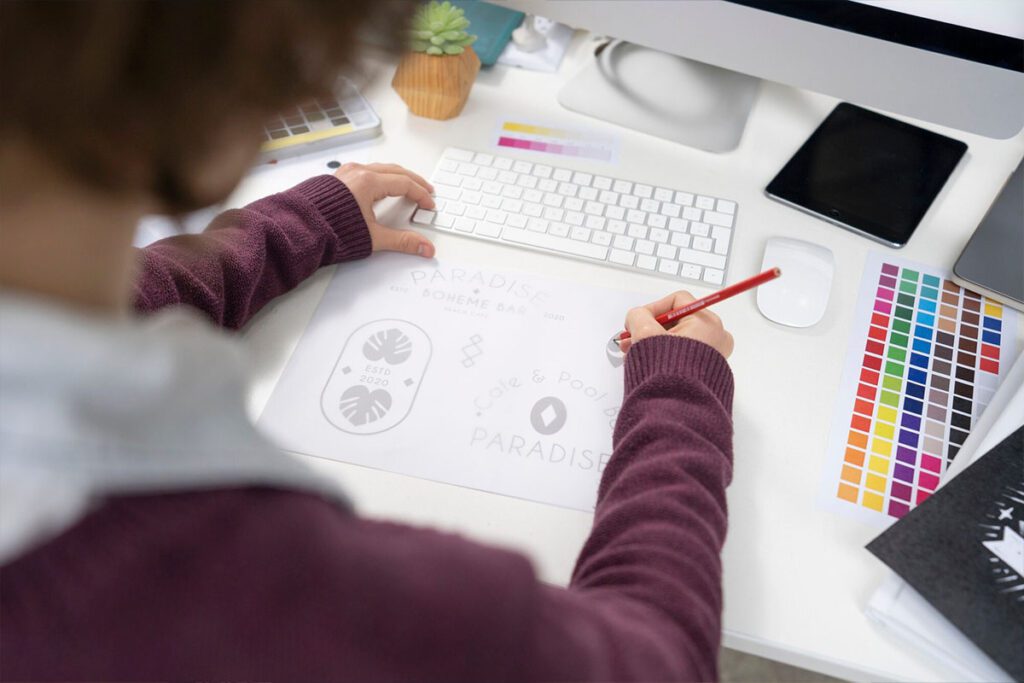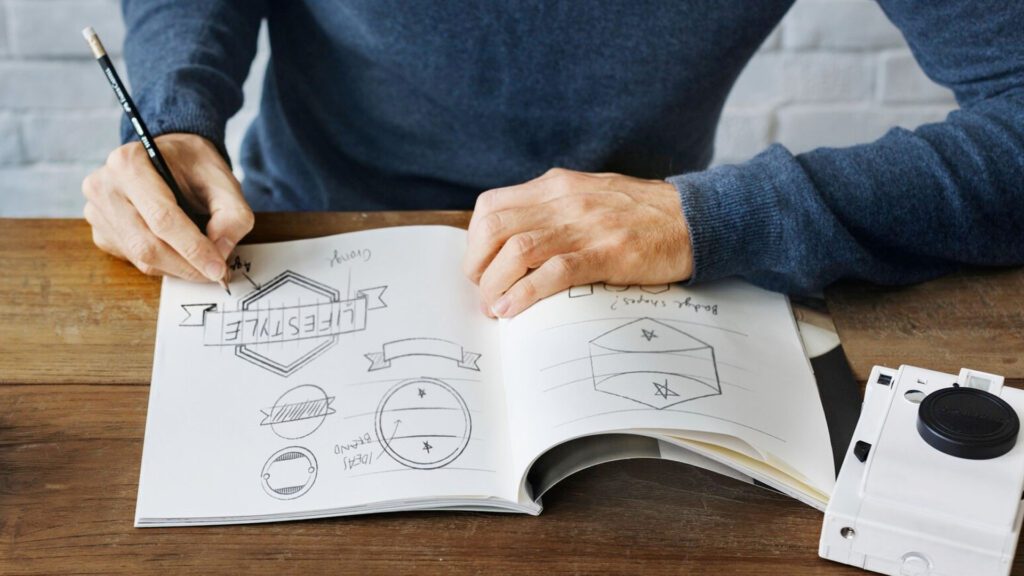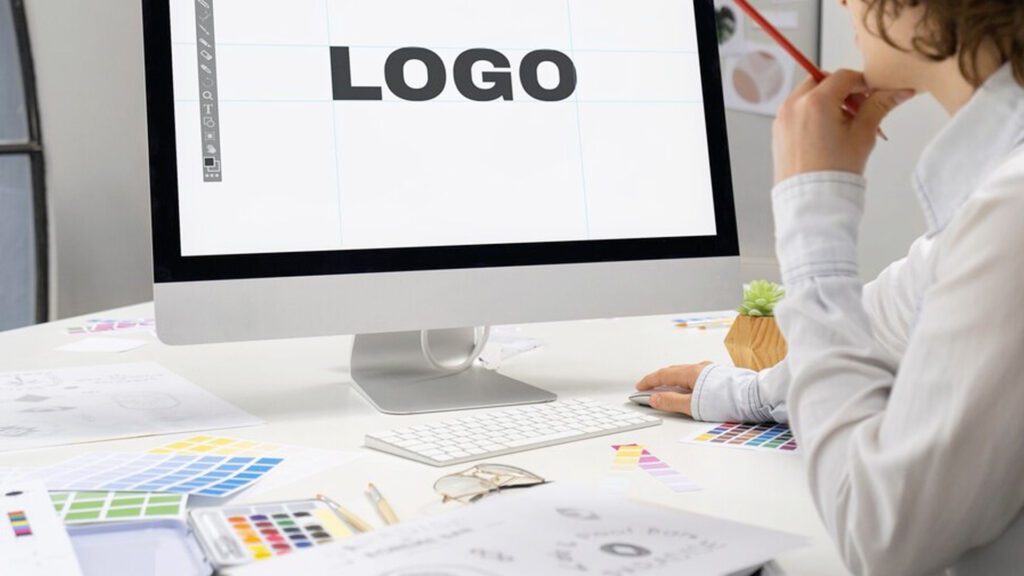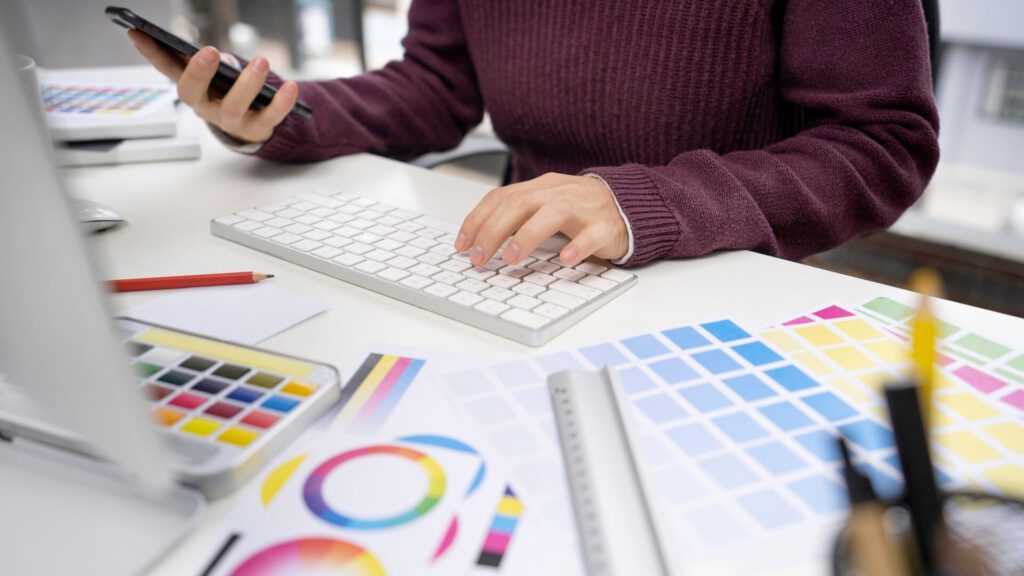What is a Logo Design?
What is a Logo Design? In the world of branding, logo design is a specialized discipline that combines creativity, strategy, and visual communication to create a unique symbol or graphic mark that represents a brand. Unlike a logo, which is simply the end product, a logo design refers to the entire process of conceptualizing, developing, and refining a visual identity that captures the essence of brand.
What is a Logo Design
Logo design is more than just drawing a pretty picture; it’s about creating a visual narrative that communicates a brand’s values, mission, and identity in a way that is both memorable and impactful. This process involves a deep understanding of the brand’s positioning in the market, its target audience, and the message it wants to convey. The goal of logo design is to distill all of this information into a simple yet powerful image that will resonate with the audience and stand the test of time.

The Role of Logo Design in Branding
Logo design plays a critical role in the broader context of branding. It’s the art and science of translating a brand’s identity into a visual form that can be easily recognized and remembered. Here’s how logo design serves as a cornerstone in branding:
- Visual Identity Creation: Logo design is the foundation of a brand’s visual identity, setting the tone for all other design elements like color schemes, typography, and imagery.
- Brand Storytelling: A well-crafted logo design tells a story about the brand, evoking emotions and associations that align with the brand’s message.
- Consistency and Recognition: Through consistent use across various platforms, logo design helps build brand recognition and trust among consumers.
The process of Logo design
Logo design is a multifaceted process that requires both creative intuition and strategic thinking. Each step is crucial in developing a logo that is not only aesthetically pleasing but also meaningful and functional.
Research and Discovery
Before any design work begins, the logo design process starts with understanding the brand’s core values, its audience, and the competitive landscape. This phase involves:
- Brand Analysis: Gaining insights into the brand’s mission, values, and unique selling points.
- Competitor Research: Studying competitors’ logos to identify opportunities for differentiation.
- Audience Insights: Understanding the target audience’s preferences and expectations.
Concept Development
Once the research phase is complete, the designer begins to brainstorm and develop concepts that align with the brand’s identity. This involves:
- Idea Generation: Sketching out multiple ideas and exploring various visual directions.
- Mood Boards: Creating mood boards to visualize the desired look and feel of the logo.
Design Execution
With a clear concept in mind, the designer moves on to the execution phase, where the logo takes shape:
- Digital Rendering: Translating sketches into digital format using design software like Adobe Illustrator.
- Refinement: Iterating on the design to fine-tune the details and ensure the logo is aligned with the brand’s goals.
Feedback and Interaction
The logo design is then presented to the client, who provides feedback. Based on this, the designer may make adjustments to refine the logo further. Key activities in this stage include:
- Client Collaboration: Working closely with the client to ensure the design meets their expectations.
- Revisions: Making necessary tweaks to perfect the logo design.
Finalization and Delivery
Once the design is approved, it’s prepared for use across various platforms. The final steps include:
- File Preparation: Providing the logo in multiple formats (e.g., PNG, SVG, AI) for different uses.
- Brand Guidelines: Creating a style guide that outlines how the logo should be used to maintain consistency.


Types of Logo Design
Different types of logo designs serve different purposes, and choosing the right one is essential for effective branding. Here are some common types:
• Wordmark Logos
Wordmark use the brand’s name in a stylized typeface. They’re particularly effective for brands with distinctive names that need to be easily recognizable.
• Symbol Logos
Symbol logo feature a graphic icon or symbol, often abstract, that represents the brand. These logos are powerful but require strong brand recognition to be effective.
• Combination Logos
Combination logos incorporate both text and a symbol, offering versatility in how the logo can be used across different media.
Common Mistakes in Logo Design
While logo design is a creative process, there are common pitfalls that designers should avoid to ensure the logo is effective and timeless.
Overcomplicating the Design
A logo should be simple enough to be recognized at a glance. Overcomplicating a design can make it confusing and less memorable.
Ignoring Versatility
A good logo should work well in various sizes and on different platforms, from business cards to billboards.
Following Trends too closely
Design trends can be tempting, but they may also date your logo quickly. Aim for timelessness over trendiness.






Conclusion
Logo Design is a crucial aspect of any brand’s identity, encapsulating its values, mission, and vision into a single, powerful image. It’s not just about creating something that looks good; it’s about crafting a visual identity that resonates with your audience and stands the test of time. By investing in professional logo design, you ensure that your brand is represented in the best possible light, fostering recognition, trust, and loyalty among your customers.
Understanding the intricacies of logo design can empower you to make informed decisions that will enhance your brand’s visual identity and overall impact.

